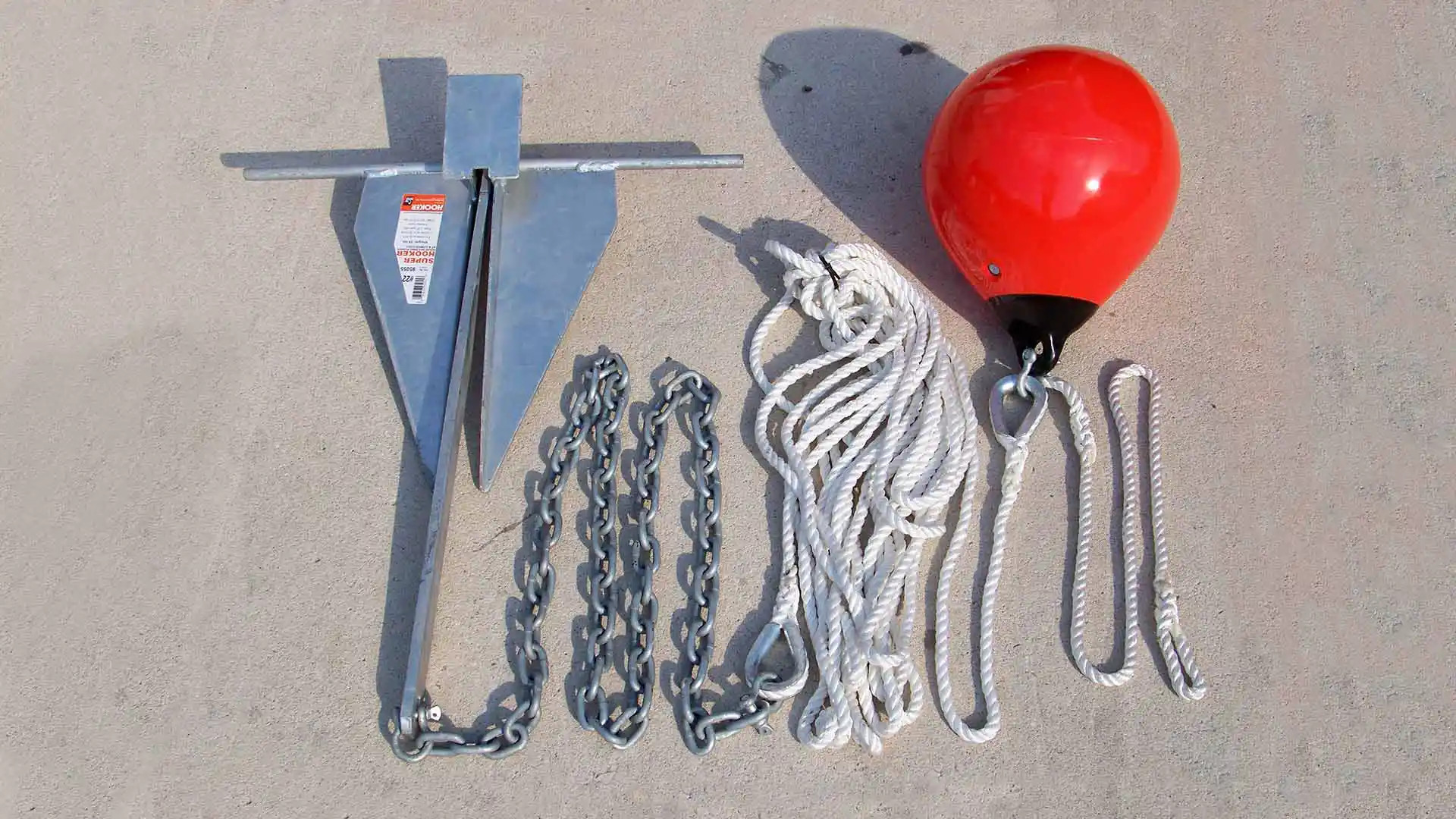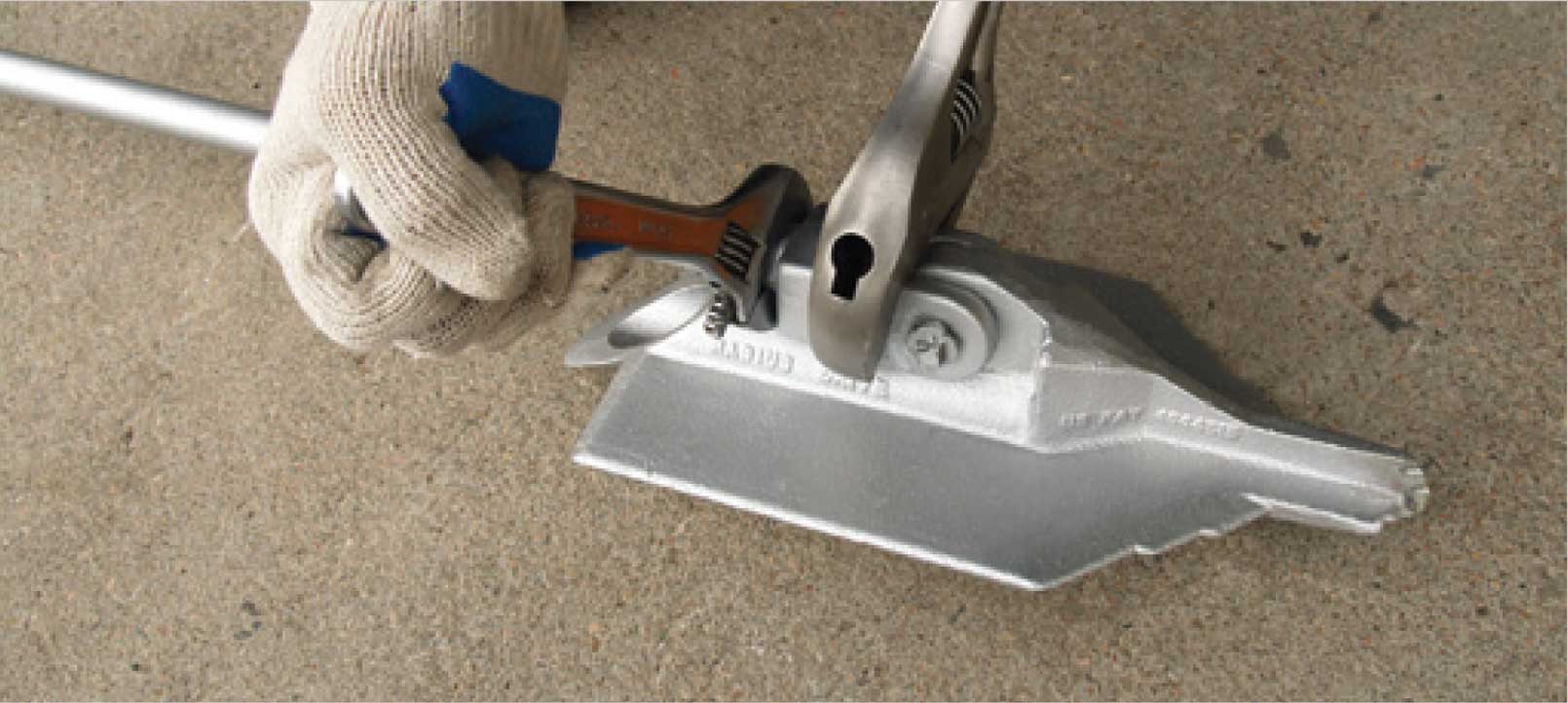Effective Support Solutions Designed for Optimum Toughness
The style of reliable anchor systems is crucial in guaranteeing maximum toughness and dependability across various applications, specifically in aquatic and civil engineering. As we explore the various types of support systems and the products that underpin their effectiveness, it ends up being noticeable that the future of securing modern technology may hold also higher improvements.
Significance of Anchor Solutions
Anchor systems play a vital role in numerous applications, from marine building and construction to overseas drilling and also in the stability of structures on land. Their key function is to give safe holding power, ensuring that frameworks remain secure and risk-free under numerous ecological problems. In marine environments, anchors are important for mooring vessels, protecting against drift because of wind, currents, or waves. Without reputable anchoring, ships may be at threat of accident or grounding, causing significant economic and environmental effects.
Along with marine applications, support systems are crucial in civil design, especially in the building and construction of retaining walls, bridges, and buildings in geologically difficult locations. These systems help distribute tons effectively, counteracting forces such as dirt pressure and seismic activity. The significance of support systems includes the renewable resource market, where they protect wind turbines and offshore systems, adding to the stability and efficiency of power generation.
Eventually, the efficiency of a support system is essential to the security, longevity, and functionality of different frameworks, making their style and execution a crucial part in engineering and building methods throughout multiple sectors.
Innovative Materials in Support Style

Modern improvements in products scientific research have substantially transformed support layout, enhancing efficiency and resilience. The unification of high-strength alloys and composite products has actually caused supports that can endure severe environmental conditions while maintaining architectural stability. These cutting-edge products not just provide remarkable tensile toughness however likewise decrease weight, boosting ease of installation and handling.
One remarkable development is using carbon fiber reinforced polymers (CFRP), which supply outstanding rust resistance and high strength-to-weight ratios. This permits for the design of anchors that are both remarkably durable and light-weight, making them ideal for aquatic applications where direct exposure to saltwater can bring about product degradation.
Furthermore, improvements in finishes-- such as innovative epoxy and galvanization-- additional shield steel anchors from deterioration, extending their solution life. These layers can be tailored to meet specific ecological obstacles, ensuring that anchors do accurately even in rough problems.
Moreover, the assimilation of wise materials, which can adapt to transforming loads and environmental factors, is paving the method for future support layouts. These advancements highlight a pattern towards better performance and dependability in securing services, inevitably improving safety across various applications.
Kinds Of Efficient Anchor Systems
Reliable anchoring services are important for guaranteeing stability and safety in different applications, from building to aquatic procedures. Numerous Going Here kinds of efficient anchor systems attract attention for their effectiveness and adaptability to different atmospheres.
One prominent kind is the screw support, which makes use of a helical style to supply superior holding power in dirt and soft ground. These supports are especially valuable in short-lived structures and can be conveniently eliminated and recycled.
One more favored system is the driven heap anchor, commonly employed in hefty and marine construction jobs. These anchors are driven deep right into the ground, supplying superb resistance to side pressures, published here making them excellent for supporting big frameworks.
For aquatic applications, the mooring buoy anchor system is vital. This system consists of resilient gadgets attached to anchors on the seabed, permitting vessels to remain stable while reducing drag from winds and currents.
Finally, the deadweight anchor system relies upon hefty weights to offer stability and is typically made use of in offshore installations. Each type of anchor system is developed to meet details needs, making certain the security and integrity of frameworks and vessels in different problems.
Safety Requirements and Rules
Guaranteeing the security and dependability of securing systems involves adherence to rigorous security standards and policies. These criteria are developed by various companies, including the American Society for Screening and Materials (ASTM), the International Organization for Standardization (ISO), and neighborhood building regulations. Conformity with these policies is vital to ensure that anchoring systems can hold up against environmental stress and anxieties and loads, decreasing the risk of failing.
Testing and certification processes are essential elements of safety standards. Anchoring systems should undergo strenuous assessments, consisting of tensile stamina tests, fatigue examinations, and environmental impact analyses. These examinations assist determine the systems' performance under real-world conditions, ensuring they meet or surpass the needed safety thresholds.
Additionally, producers are needed to supply detailed specs and instructions for installment and maintenance, which are integral to promoting safety and security standards. Regular evaluation and maintenance protocols should likewise be developed to determine potential weak points with time.
Future Patterns in Support Innovation
The future of anchor technology is poised for significant advancements, driven by the raising demand for enhanced security and efficiency in construction and engineering applications. Technologies are anticipated in products, design, and installment strategies, which will boost the stamina and toughness of support systems.
One arising trend is the integration of wise modern site here technology into anchor systems. Earth Anchor. By incorporating sensing units, these systems can keep an eye on stress, lots, and ecological problems in real-time, permitting aggressive maintenance and raised reliability. In addition, innovations in composite materials might cause lighter, yet stronger supports that can hold up against severe problems, reducing the total weight of structures


In addition, modular anchor systems are obtaining traction, permitting simpler installment and versatility to numerous job requirements. Earth Anchor. As the market accepts automation, robotic setup strategies might even more streamline the anchoring process, improving effectiveness and accuracy
Conclusion
In final thought, effective anchor systems play a vital role in guaranteeing the security and security of aquatic and civil engineering jobs. Adherence to safety and security criteria and laws even more emphasizes the significance of reliability in anchor systems.
The design of reliable support systems is important in making certain optimal toughness and dependability throughout different applications, particularly in aquatic and civil design. As we discover the different kinds of support systems and the products that underpin their performance, it ends up being obvious that the future of securing innovation may hold even better improvements.Ensuring the security and dependability of securing systems entails adherence to rigid safety criteria and policies.In conclusion, effective support systems play a critical role in making sure the stability and safety of civil and marine engineering tasks. Adherence to safety and security standards and policies additionally highlights the value of reliability in anchor systems.